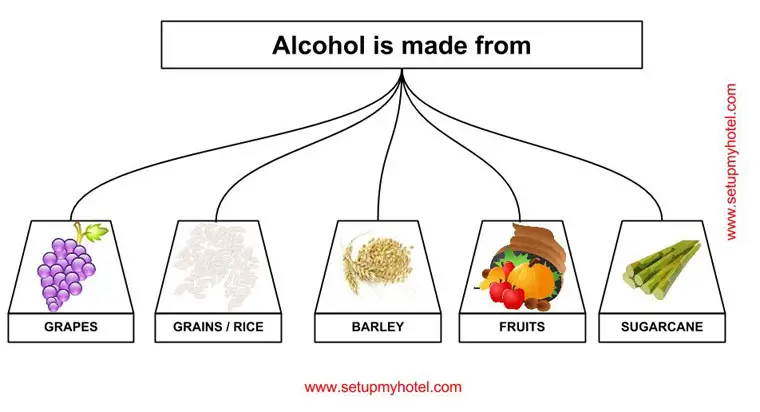Handling Guest Complaints And Problems In A Restaurant / Coffee Shop

Handling Guest Complaints and Problems in a Restaurant / Coffee Shop Approach the guest and ask politely if there is ...
Read more
How To Take Food Order In Restaurants / Coffee shops
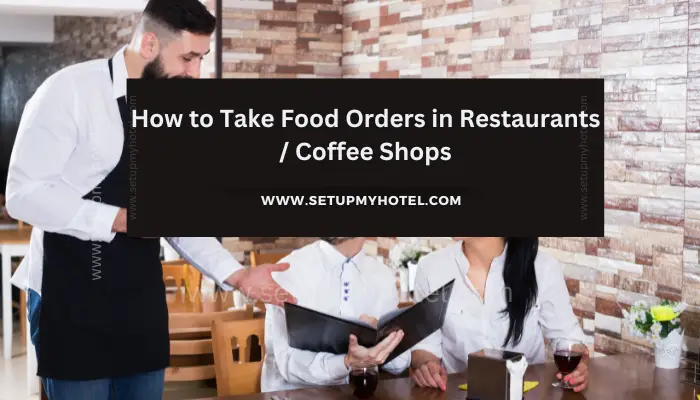
How to Take Food Orders in Restaurants / Coffee Shops Servers should offer the guests a beverage at all meal ...
Read more
Table Service Tips For Restaurants And Coffee Shops

Table service Tips for Restaurants and Coffee shops 1. While Serving the food to guests mention the item clearly to ...
Read more
Handling Table Reservation Problems In Restaurants | Hotels

Tips for Dealing with table reservation problems in Restaurants Table reservation problems can be frustrating, especially when you have been ...
Read more
How To Handle Table Reservations Request In Restaurant | Hotels
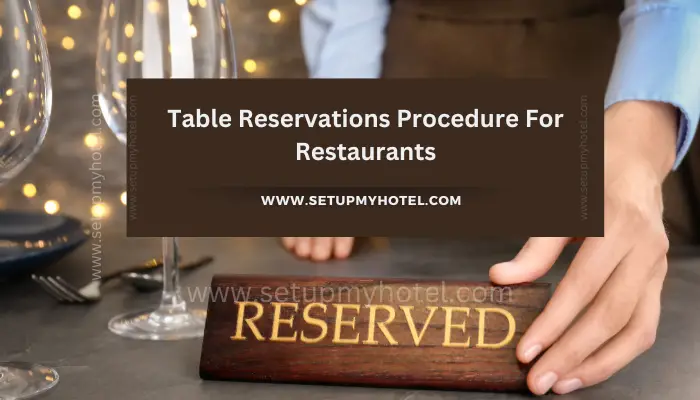
Table Reservations Procedure For Restaurants Managing table reservations is a crucial aspect of restaurant operations, ensuring that guests have a ...
Read more
Classification Of Beverages Or Types Of Beverages
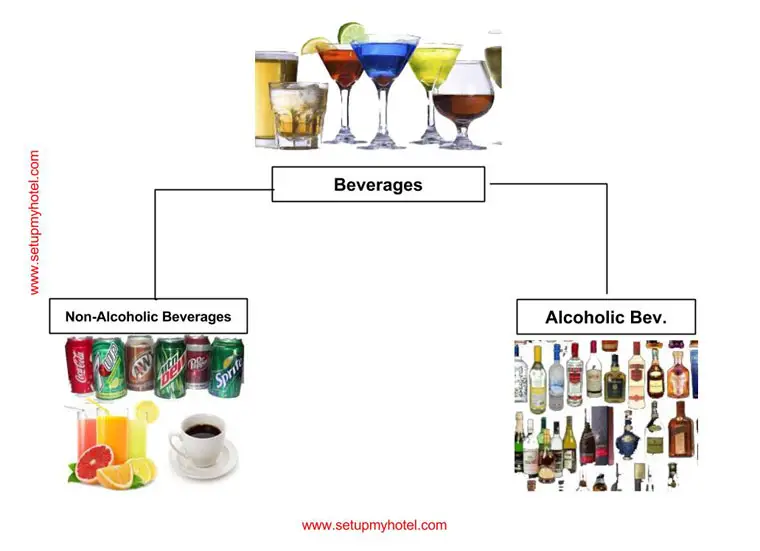
What are beverages or Classification of Beverages? ‘Beverages’ is a drink other than water; an explanation in a commercial context. ...
Read more
Checklist For Purchasing Food And Beverage Service Equipment
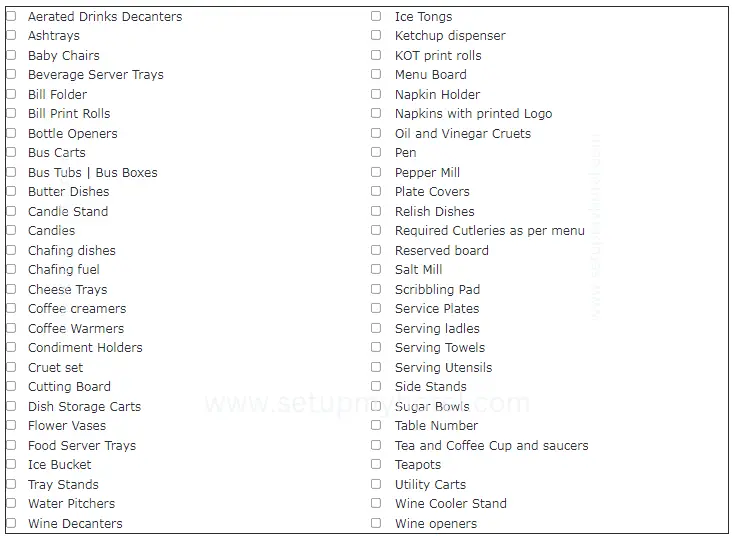
Purchasing F&B Service Equipment Creating a checklist for purchasing Food and Beverage (F&B) service equipment is crucial to ensure that ...
Read more
9 Types Of Banquet Room Setup / Event Room Setup Styles
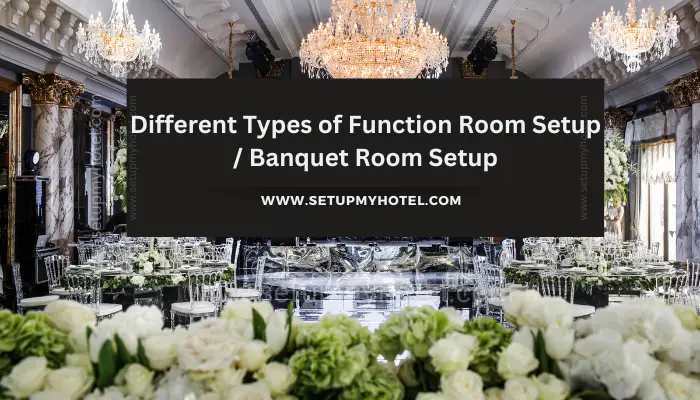
Different Types of Function Room Setup / Banquet Room Setup Function rooms or banquet rooms are versatile spaces that can ...
Read more

